The 1980s were a revolutionary time for technology, with groundbreaking gadgets that shaped the way we lived, worked, and played. These devices felt futuristic back then, transforming everything from entertainment to communication. But as quickly as they rose to prominence, most of these gadgets were replaced by sleeker, faster, and more versatile technology. Let’s look back at 12 tech innovations from the ’80s that were once cutting-edge but now sit in the realm of nostalgia.
1. Walkman
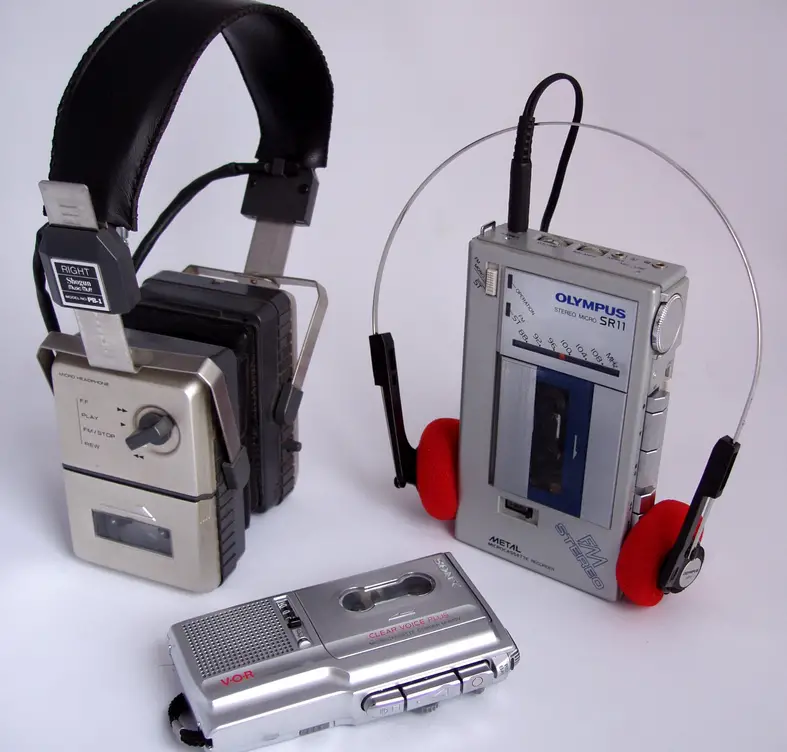
In the ’80s, nothing said “cool” like a Sony Walkman clipped to your hip. This portable cassette player gave people the freedom to take their music anywhere, whether it was on a jog, a bus ride, or just hanging out. Paired with a set of foam-cushioned headphones, the Walkman was a personal concert in your pocket.
But with the rise of CDs in the ’90s and MP3 players in the 2000s, the cassette-based Walkman became outdated. Still, its impact on portable audio technology is undeniable, and for many, it remains a nostalgic symbol of personal freedom and the love of music on the go.
2. VCRs
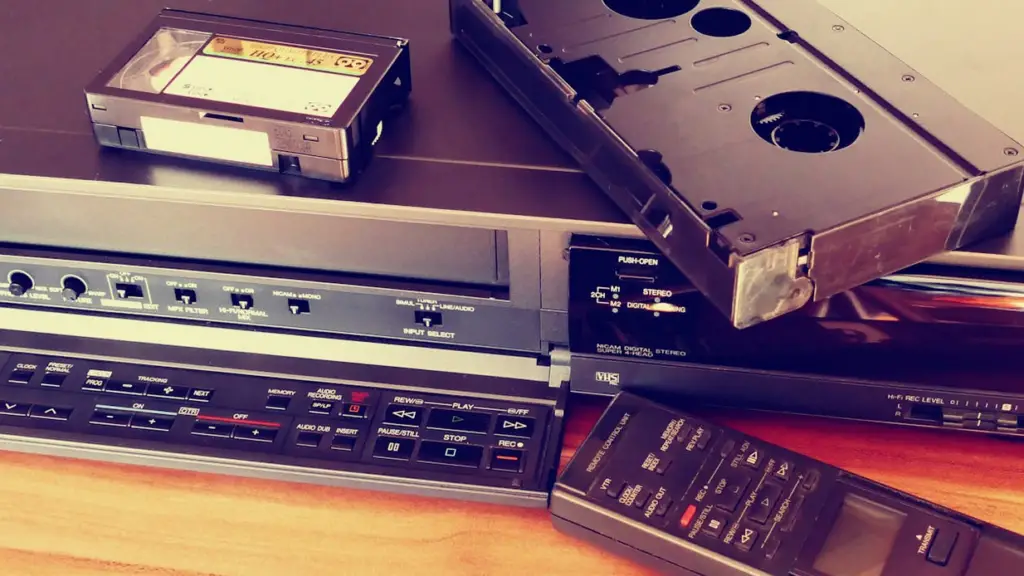
The Video Cassette Recorder, or VCR, was the centerpiece of home entertainment in the 1980s. It gave people the power to record live TV, rent movies from video stores, and watch them at their convenience—a revolutionary concept at the time. The debate between VHS and Betamax formats added drama to the era, but VHS ultimately reigned supreme.
Fast forward to the 2000s, and DVDs began to phase out the bulky cassette tapes. Today, streaming services have made the VCR a relic of the past, but those who grew up with it will always remember the joy of popping in a tape and hoping the last renter rewound it.
3. Boom Boxes
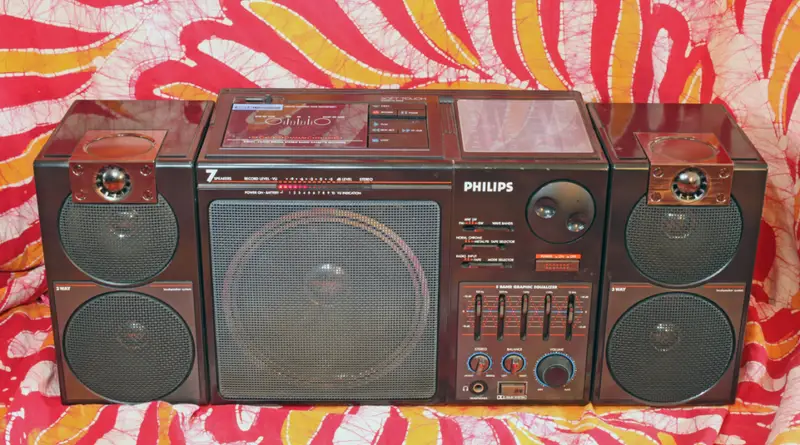
The boom box was a cultural icon of the ’80s, blending music, style, and social gatherings. These portable stereo systems allowed people to blast their favorite tunes at full volume, whether it was at a beach, park, or street corner. For many, carrying a boom box was a statement, and its association with hip-hop culture only amplified its influence.
As portable CD players and, later, compact Bluetooth speakers emerged, the boom box fell out of favor. Still, it remains an enduring symbol of the ’80s, a time when music was as much about community as it was about the sound.
4. Atari 2600
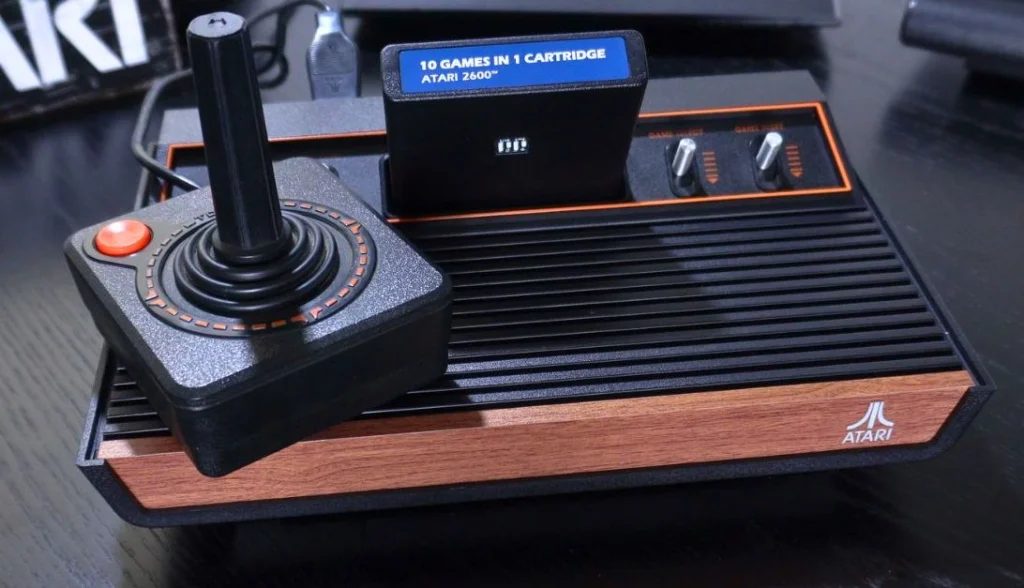
The Atari 2600 was a pioneer in home video gaming, bringing the arcade experience into living rooms across the world. With classic titles like Pac-Man, Space Invaders, and Pitfall!, it introduced millions to the joys of gaming. Its blocky graphics and simple joystick were state-of-the-art for the time, and it kickstarted the gaming industry as we know it.
By the late ’80s, more advanced systems like the Nintendo Entertainment System (NES) and Sega Genesis began to dominate the market. The Atari 2600’s influence, however, is undeniable, and it paved the way for today’s gaming juggernauts.
5. Film Cameras
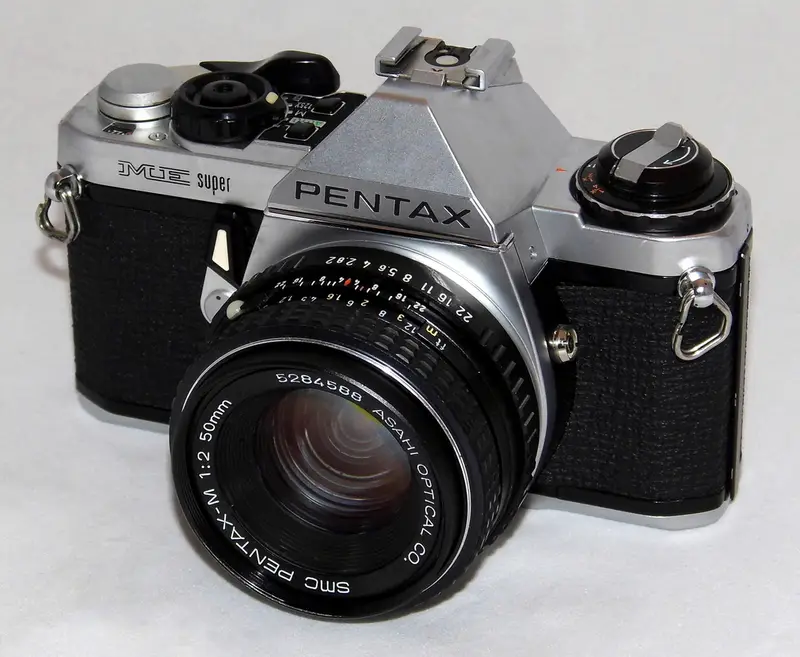
Before the convenience of digital photography, film cameras were the go-to for capturing memories. Whether it was a Polaroid instant camera or a 35mm SLR, taking photos in the ’80s required rolls of film and patience as you waited for them to be developed. The thrill of flipping through printed photos made every snapshot feel special.
Digital cameras in the 1990s and later, smartphones, rendered film cameras nearly obsolete. While film photography has seen a niche resurgence, most people today rely on their phones for instant and limitless picture-taking.
6. Commodore 64
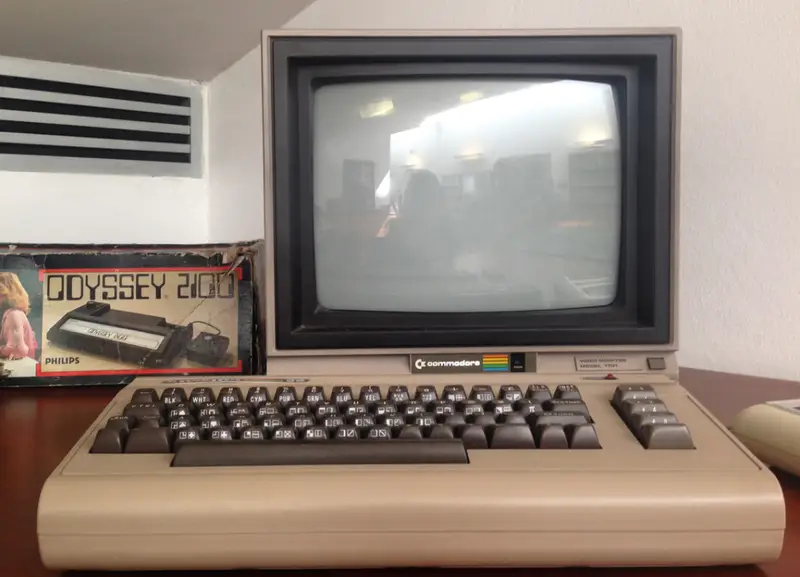
The Commodore 64 was the best-selling home computer of the 1980s, offering an affordable way for families to enter the digital age. With its blocky graphics and simple programming language, it introduced a generation to personal computing and gaming. Titles like Lode Runner and California Games became household favorites.
As more powerful PCs and Macintosh computers emerged, the Commodore 64’s popularity waned. Today, it’s a collector’s item and a nostalgic reminder of a time when home computing was just starting to take off.
7. Pagers

Pagers, or beepers, were the ultimate communication tool for professionals and tech-savvy individuals in the ’80s. These devices could receive numeric messages, letting users know when someone needed to reach them. Doctors, businesspeople, and even teenagers embraced pagers as a status symbol.
Once mobile phones became widely available in the 1990s, pagers quickly became obsolete. Still, for a time, carrying a pager meant you were important—or at least wanted to feel that way.
8. Fax Machines
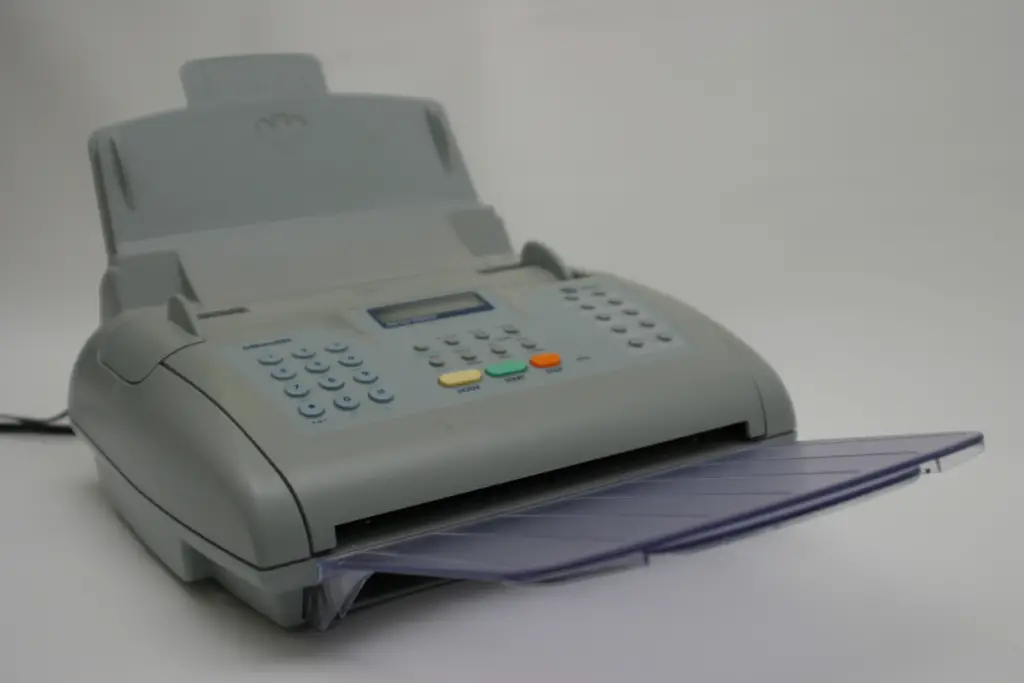
Fax machines revolutionized office communication in the 1980s, allowing people to send documents over a phone line in minutes. They were a fixture in businesses and even some homes, with their loud beeps and whirs becoming synonymous with productivity.
Today, email and digital file sharing have made fax machines nearly extinct. While some industries still use them, most people see them as clunky reminders of a less efficient era.
9. Betamax Players
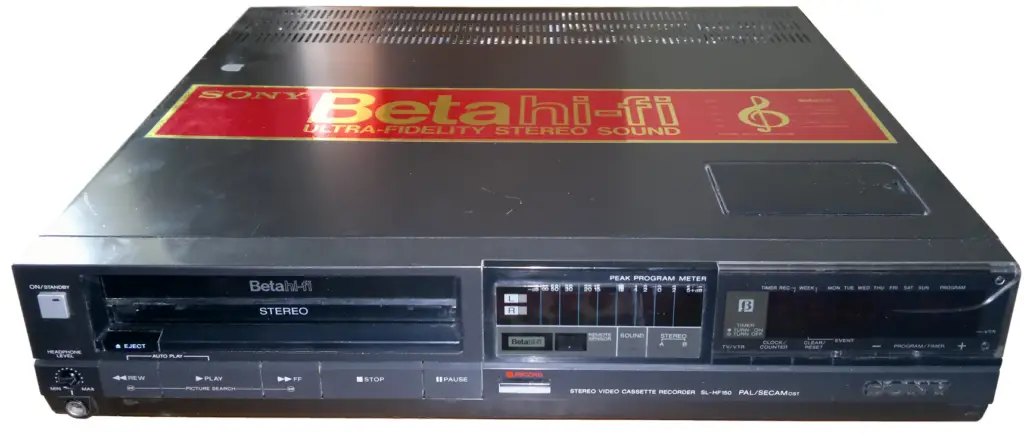
While Betamax lost the format war to VHS, it was still a groundbreaking technology in the early ’80s. With superior picture quality and smaller cassette sizes, Betamax was the first to bring home video recording to consumers.
Despite its early promise, Betamax couldn’t compete with VHS’s longer recording times and widespread adoption. By the late ’80s, it had faded into obscurity, but it remains a fascinating footnote in tech history.
10. Handheld Electronic Games

Before Game Boys and smartphones, handheld electronic games like Mattel’s Football or Coleco’s Pac-Man were all the rage. These simple, single-game devices provided hours of entertainment with blinking lights and beeping sounds.
As technology advanced, handheld consoles with interchangeable cartridges and full-color screens made these primitive games obsolete. Still, they hold a special place in the hearts of kids who spent hours trying to beat their high scores.
11. Rolodex
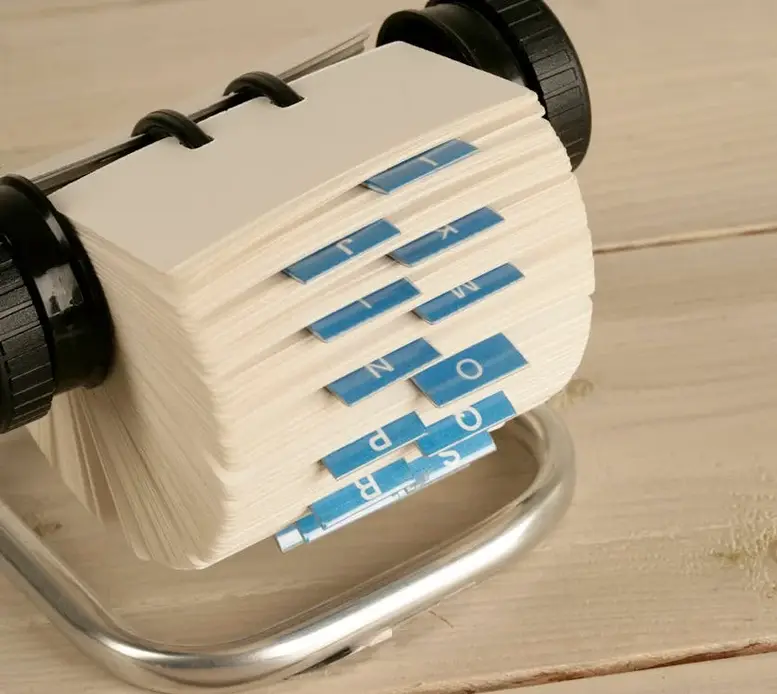
The Rolodex was the ultimate tool for organizing contacts in the pre-digital age. Every professional’s desk featured one, packed with handwritten or typed cards containing phone numbers and addresses. It was a physical, tactile way to keep track of your network.
Once computers and digital address books became standard, the Rolodex was relegated to storage closets. But for those who remember spinning through its cards, it remains a symbol of a simpler, analog time.
12. Portable TVs
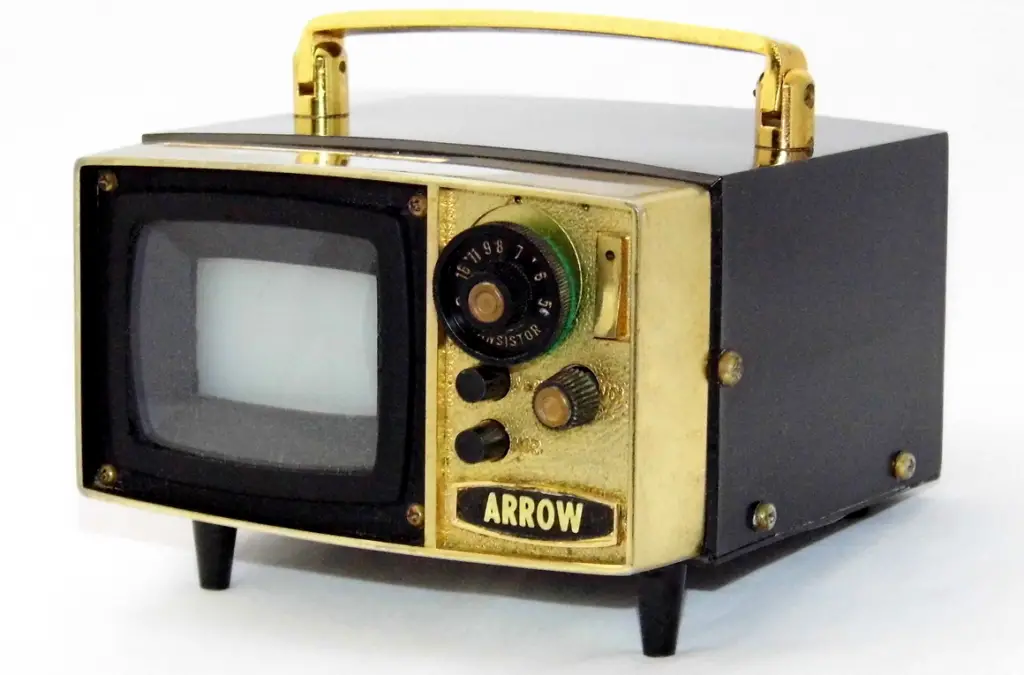
Portable TVs were a novelty in the ’80s, allowing people to watch their favorite shows on the go. These small, boxy devices often came with antennas and limited screen quality, but they felt futuristic at the time.
With the advent of laptops, tablets, and streaming services, portable TVs quickly became outdated. Today, they’re relics of an era when “watching on the go” meant carrying a clunky device with you.
These gadgets were once the pinnacle of innovation, shaping the way we interacted with technology and the world around us. While they’re now obsolete, their impact is still felt in the devices we use today. Which of these tech relics do you remember, and are there any you’d love to see make a comeback? Let’s celebrate the ingenuity of the ’80s and the gadgets that paved the way for the future.


